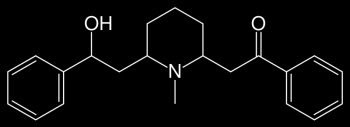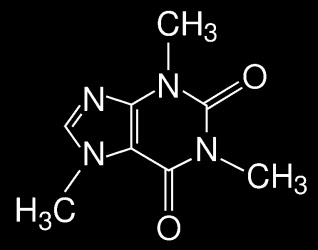Lobeline - Cure for meth and heroin addiction?

Matthias de L'Obel (1538-1616) was a French physician and botanist. He devised and published a system of plant classification, and served as the personal physician to William the Silent and James I. The plant genus Lobelia is named for him.
A number of Lobelia species, including Lobelia inflata (Indian tobacco) and Lobelia tupa (Devil's tobacco), produce a piperidine alkaloid called lobeline. Lobeline is a nicotine-like stimulant, which explains why L. inflata is used by Native Americans and others in the know as a substitute for regular tobacco.
Lobeline, like nicotine, enjoys long walks, romantic candlelit dinners, and binding to nicotinic acetylcholine receptors in the brain. However, it is apparently less active than nicotine at these receptors and so can actually diminish the effects of the drug. This antagonism is the basis for the use of lobeline as a treatment to help people quit smoking, although its effectiveness is still very much up for debate.
Lobeline has been shown to decrease methamphetamine self-administration in rats, while not being self-administered itself. This suggests that it could be used as a treatment for meth addiction and is unlikely to be abused on its own (unlike nicotine). The decrease in meth self-administration is thought to be due the ability of lobeline to screw around with the storage and release of dopamine by acting on the protein transporters such as VMAT2 that responsible for these processes. Dopamine release in the corpus striatum (a part of the brain) is responsible for the rewarding and reinforcing effects of methamphetamine.
Lobeline has also been shown to be capable of blocking mu opioid receptors, which are what morphine binds to in order to produce its effects. So potentially it can do a world of good for both amphetamine and opioid addiction.
- Miller DK et al. Lobeline, a potential pharmacotherapy for drug addiction, binds to mu opioid receptors and diminishes the effects of opioid receptor agonists. Drug Alcohol Depend. 2007 Jul 10;89(2-3):282-91.
- Neugebauer NM, Harrod SB, Stairs DJ, Crooks PA, Dwoskin LP, Bardo MT. Lobelane decreases methamphetamine self-administration in rats. Eur J Pharmacol. 2007 Sep 24;571(1):33-8. Epub 2007 Jun 13.






